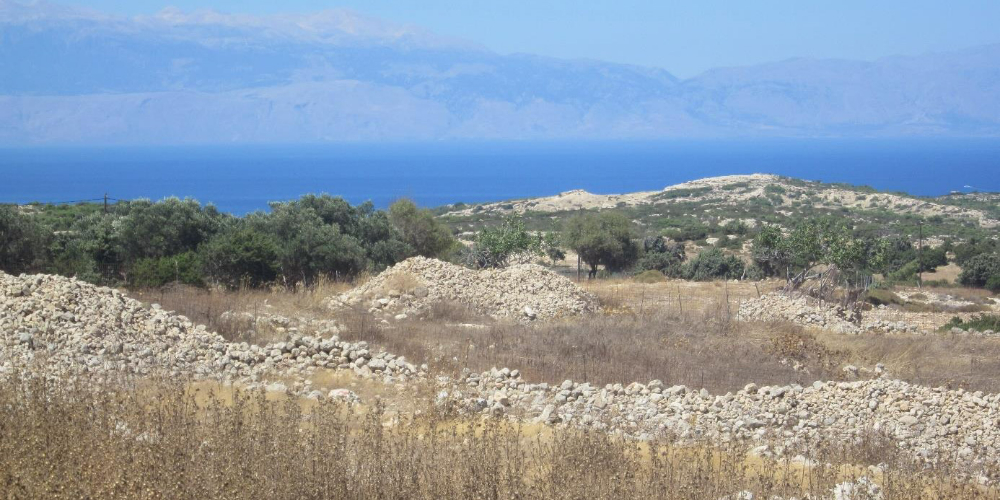Aegean Lecture
Katerina Kopaka, ”Little islands, big cultural issues. The Gavdos experience”
2023-12-12
Aegeus-Society for Aegean Prehistory and the Swedish Institute at Athens invite you to the lecture
Little islands, big cultural issues. The Gavdos experience
by Katerina Kopaka, University of Crete.
Friday, December 15, 2023, at 19.00 (Athens), at the Swedish Institute at Athens (Mitseon 9, Acropolis Metro station).
The lecture will be held in Greek.
Gavdos is the largest and most distant among the satellite isles around Crete and the only one still inhabited today. Its nodal position on the frontier of Greece and Europe with Africa, some special products of its land and sea and, of course, its insular character justify, in part, the image of both its relative isolation and an extravert, dialectical relationship with the Cretan, Aegean and wider Mediterranean (pre)historic horizons. Here, I shall try to piece together some examples of this dialogue, which starts deliberately from Gavdos, and is documented by the finds of the archaeological (survey and excavation) and multidisciplinary research of the University of Crete there over the last three decades.
Ιslands, big and [especially] small, are pseudo-autonomous places, physically and conceptually tied to larger overseas territories, with bonds that often relate to their islanders’ historical origins and identity, and are critical for their survival and life. As such, they usually result in shared traits which are imprinted in tangible domains of their material culture, and affect their insular settlement patterns, modes of production, exchange, administration, immigration etc. Likewise, little Gavdos encompasses, we believe, in its stratigraphic sequences larger narratives of its geocultural associates. These reflect –as if in an imaginary mirror set across the Libyan Sea–, periods of power or recession, episodes of expansion or decline (and, perhaps, their forms and scales, and even their causes and purposes) in diachronic socio-political strategies primarily of its neighbour, megalonisos Crete.
Attached file: Abstract

Printed: 2025-12-13
From the web page: Swedish Institute at Athens
https://www.sia.gr/en/sx_PrintPage.php?tid=918